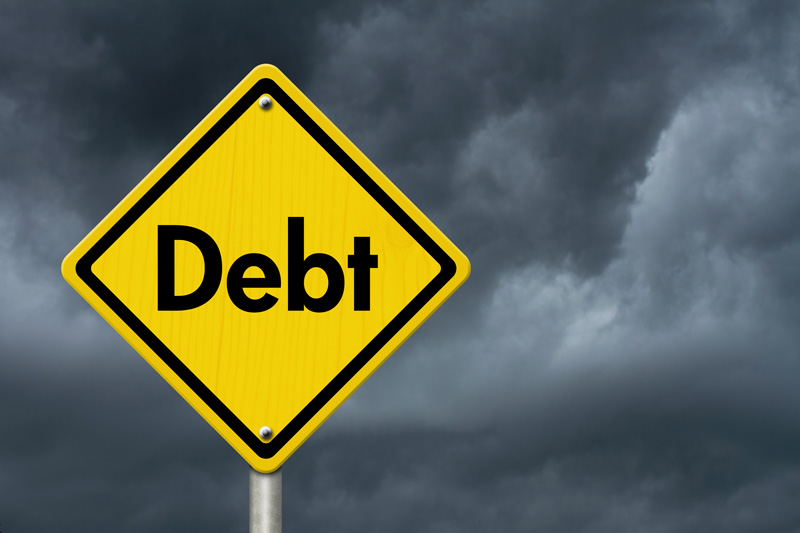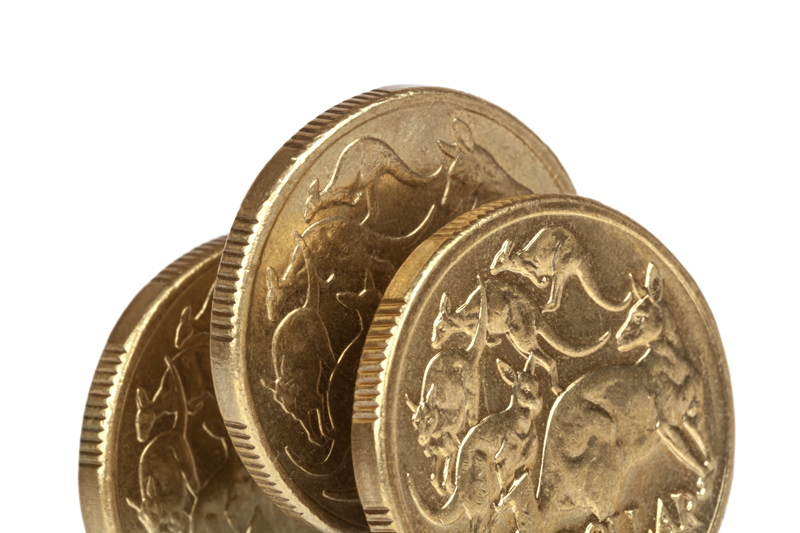 Why Teaching Kids Financial Skills Is Important
Why Teaching Kids Financial Skills Is Important
We recently came across the following information on the moneysmart website and we thought it was worth sharing with anyone raising children and wanting to teach them some financial skills.
If kids develop good financial skills from an early age they’ll be ready for the financial challenges of adulthood.
Giving your kids a good foundation and teaching them about money matters is critical for their personal development. Showing children the basics such as how to budget, spend and save will establish good money habits for life.
Invisible money
In a time of credit cards, internet banking and online shopping, children don’t often see people buying products with physical money like notes and coins.
Not seeing money exchanged for purchases makes it harder for kids to get their heads around what things cost. They might see this invisible money as an abstract and unlimited resource rather than real money coming in and out of their family’s bank accounts.
Talk to your kids about money often to help them make this invisible money real.
When should you talk to your kids about money?
Teaching younger kids the value of money through real life situations and examples will help them understand where money comes from and how it is earned. Here are a few examples of how you could approach this with your kids.
At the ATM
The ATM is a great place to start teaching kids about money. You could explain to your child that the ATM holds the money you have made by working hard and saving. It is not just a hole in the wall where money comes out.
When you take money out of the ATM it is taken from your bank account and you’ll have less in your account to spend later.
At the supermarket
When buying items at the supermarket, you can explain to your kids how items are priced and that you can get cheaper or more expensive versions of the same product. This is also an opportunity to discuss how you can shop around for the best price.
You could get them to compare prices for you and pick the cheapest one. If they want a particular brand then explain the price difference to them.
Paying bills
If you receive bills in the mail or online, this can be an opportunity to explain that electricity or your internet connection costs money. You could explain that to pay a $150 power bill it took you so many days at work to earn the money. This will help create a connection between time spent at work and money, as well as the fact that electricity and the internet cost your family money. It might also make them think twice about leaving lights and appliances on.
Doing a budget
Involving your kids in discussions about your family budget is another way you can talk to your children about money. This helps give them the big picture about costs and spending.
By explaining how much money your family has to spend every week and how this money is spent your kids will better understand the costs of family life and how much can be saved for other things.
Giving pocket money
Pocket money can help children better understand the value of money.
There is a great deal more information on this topic available by following the link below:
https://www.moneysmart.gov.au/life-events-and-you/families/teaching-kids-about-money






